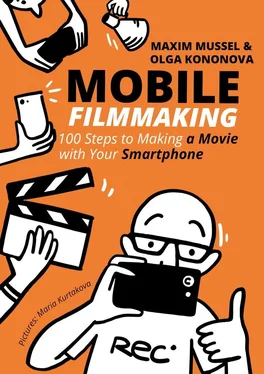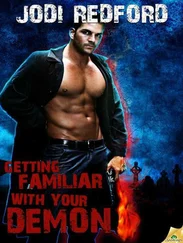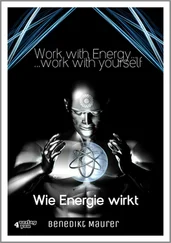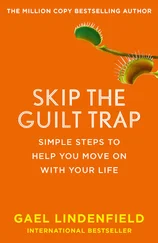
Set Yourself Apart from Others
Any kind of learning, self-learning in particular, is based on copying, reinterpreting, and adopting the experience of others. You will, of course, have to watch mainstream cinema. But you should keep in mind at all times that you’re working in a format that’s fundamentally new and unavailable to the film industry. Mainstream cinema has budgets, pressure from the producer, a large crew, a need to keep to deadlines and to generate a profit, censorship, and commercial distribution. You have mobility, full control over the process, and free access to your audience. Your task is to feel your way to the artist within and to create your own artistic method. And that is shaped by your experience and by what you believe in. Is this mine or is it not? Does it express me or someone else?
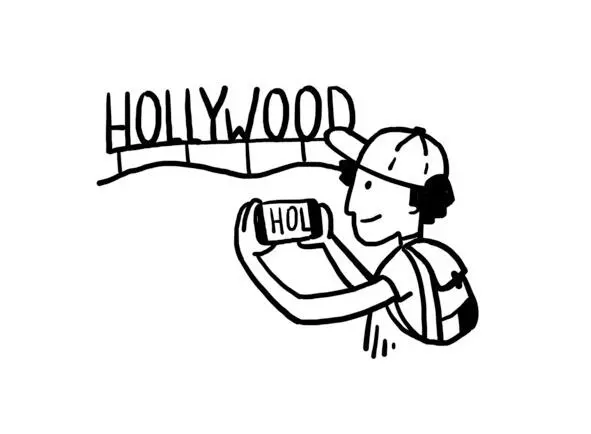
You can easily use the discoveries and devices of other authors. You’ll still do it your own way. Only you have to steal from all the arts at once and to use your wits. To do so, you’ll have to study the related fields of art. Austin Kleon’s Steal Like an Artist can tell you more about that. 1 1 Austin Kleon, Steal Like an Artist: 10 Things Nobody Told You about Being Creative (New York: Workman Publishing, 2012).
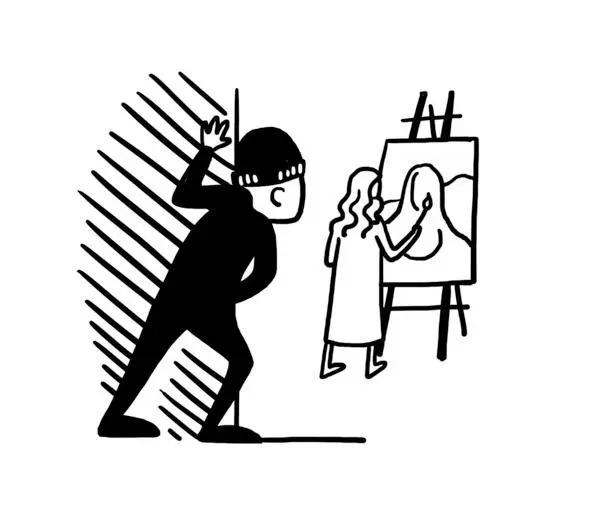
Don’t Invent Extra Obstacles
A smartphone is the only thing you need to start shooting. The decision to make a mobile film should not entail extra expenses. Just take your device out of your pocket and get started. Don’t come up with excuses that your phone model is ancient, the camera is poor, and the image looks like a shabby VHS from a video store. Take the smartphone you have now and ask yourself what kind of material you can shoot with it that will look the most attractive and exciting. A fuzzy image may work for a retro-style story, while blurry shadows on the screen can help create an atmosphere of dread for a horror film. Make the most of the opportunities you have.

Decide Why You’re Shooting a Film
You can shoot virtually everything on your smartphone – news, ads, blog entries, corporate videos, family chronicles, educational content. Naturally, the ability to create mobile films will be most useful if you are, for example, an adperson, a blogger, or a journalist. But whatever your job, this skill will be your asset. People are less and less ready to read these days and are more and more eager to watch. And since the production of video content has become technically and economically accessible, everyone who can do it has a considerable advantage over those who cannot. For instance, if you’re a teacher and you want to draw your students’ attention to your subject, you could try your hand at shooting educational videos instead of rubbing their noses into the textbooks as the rest of your colleagues do.

Put Yourself into a Creative Mood – Choose a Genre
For starters, you have to make up your mind as to the genre of your work. What do you want to shoot: people, nature and objects, actors? What do you expect as a result: a reportage, a video essay, a feature film? If you’re thinking reportage, you should choose an event that you’re going to cover. If it’s a feature film, you’ll definitely need a script. For a video essay, a poetic sketch, an observation, you first need a clearly articulated idea.

If you’re inclined to observe the world around you, if you tend to notice what others do not, if you’re inspired by the flow of water, of clouds, by grass swinging in the wind, and by the patterns of snowflakes, then you may be interested in shooting a poetic video essay. If what you value most in cinema is a beautiful and harmonious image, if you pay attention to color, light, composition, if you like painting and photography, perhaps you’re an artist and will make a film that will reflect your own, unique vision of the world. If you’re fascinated by architecture, clear-cut lines, man-mastered space; if ruins of ancient cities stir up strong feelings in you and arouse fantasy; if you’re interested in looking for an unusual angle that shows famous sights not the way everyone is used to seeing them, then perhaps you’ll be able to express it in your film. In any event, what matters for a video essay is a unique vision – your own point of view on what interests you.

Though perhaps all those ruins and sunsets are not your thing. If you like being among other people, if you like socialising and emotions, and you care for dynamics, then your genre is the reportage. Take your phone, get into the thick of things, and shoot everything around you. Here it helps to remember Hitchcock’s advice: the most interesting shots, ones where there’s always something going on, are shots with a person’s face, their eyes. So you have to come up with ways to shoot people’s faces. Of course, the easiest way to capture an interested look is to ask someone about something. But your character’s reaction depends on the question. One kind of response you need to avoid is boredom, so you should give a lot of thought in advance to whom you’re going to question and what about.
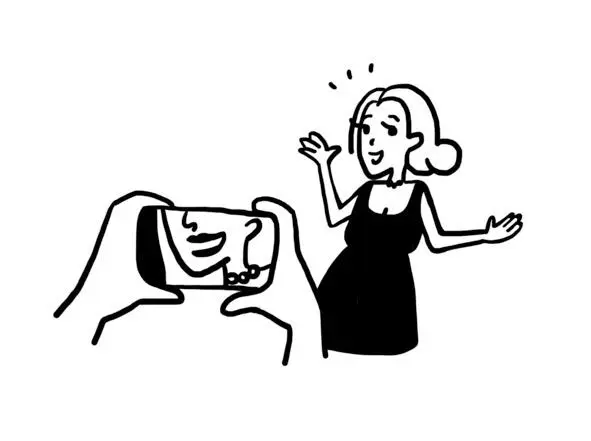
If you’re not interested in navigating a stream of events and you want to control what you’re making, if you’re good at getting people to do what you want them to, consider making a feature film. Even for a very short work, you need a script, a director’s storyboard, 2 2 A document in which the director describes his/her artistic and organizational vision for the film.
rehearsals with your actors, and much more, but most of all patience. Controlling the shooting process is an intense kind of work, so your script must be worth it. First you may want to test your story on other people. Tell your friends about it as an anecdote or a real-life story, and if it gets them interested, the plot is probably worth the hard work. Don’t hesitate to start on your script and to hunt for actors.
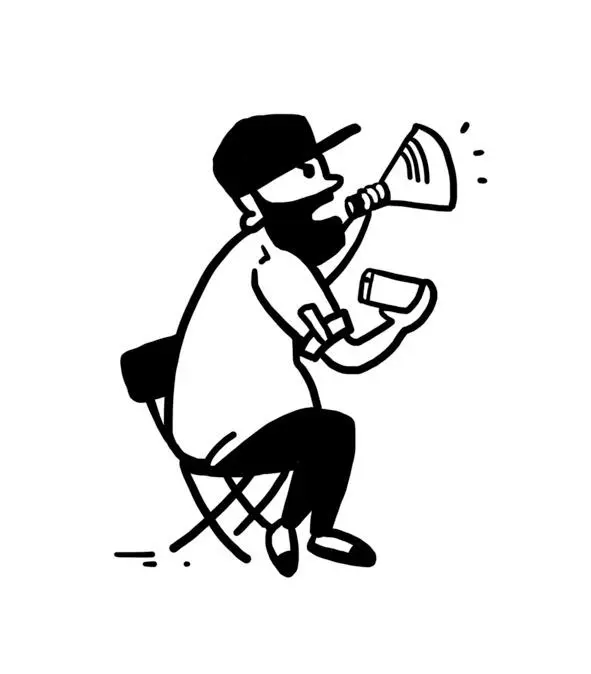 Читать дальше
Читать дальше
